He didn’t just beat the odds—he reprogrammed them entirely.

Jensen Huang wasn’t born into prestige, fortune, or a tidy blueprint for success. His journey wasn’t a straight shot to the top but a long, jagged scramble that should’ve stopped a dozen times along the way. And yet, against the chaos of the tech world and the weight of his own story, he built NVIDIA into the first $4 trillion company.
His rise wasn’t inevitable. It was improbable, messy, and often overlooked—until it changed everything about how the modern world thinks, computes, and creates.
1. He was an immigrant kid with zero connections.
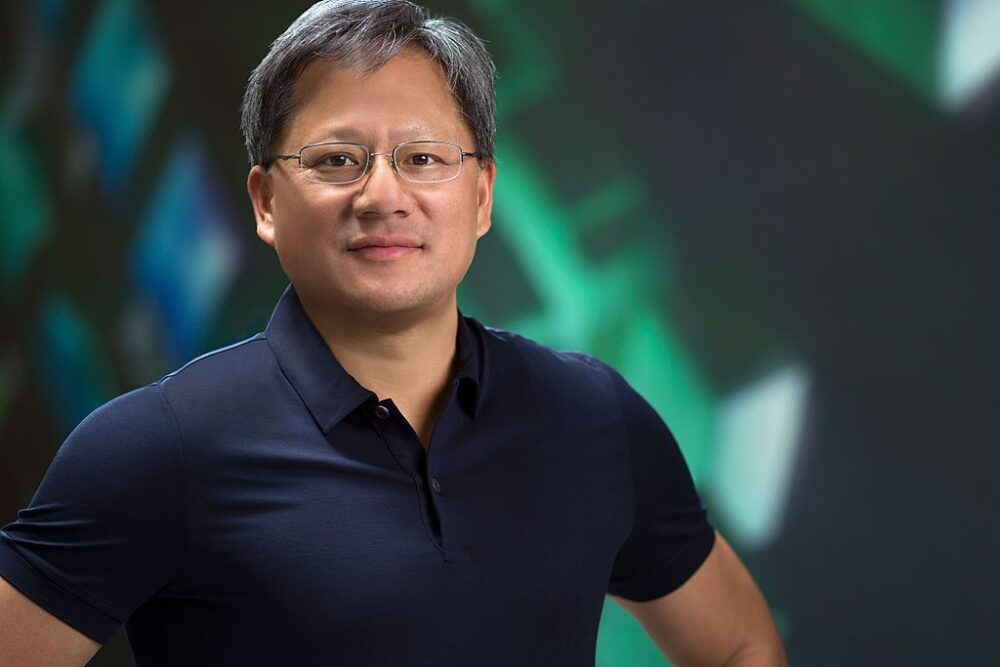
Born in Taiwan and sent to live with relatives in rural Kentucky, Huang didn’t arrive in the U.S. with a golden network or cushy prep school pipeline. He was just another foreign kid with an accent, dumped into a cultural blender with little support. For most, that would’ve been the ceiling. But Huang navigated his new world with a mix of scrappy resilience and quiet observation, absorbing everything. The absence of privilege didn’t keep him small—it made him sharper. He didn’t have the luxury of shortcuts, so he built a map no one else could see.
2. He got his start cleaning toilets at a Denny’s.

His first job wasn’t in a lab or a tech incubator—it was scrubbing floors and bathrooms at a Denny’s. That doesn’t scream “future billionaire” to most people. But Huang credits that time with teaching him humility and the dignity of hard work. While others built résumés through internships and connections, he learned how to show up and grind. The lesson stuck. Even now, he’s known for obsessive commitment and showing up early. He didn’t climb out of poverty through luck—he powered through it with grit baked into every shift and scrape.
3. He launched NVIDIA during a market nobody believed in.
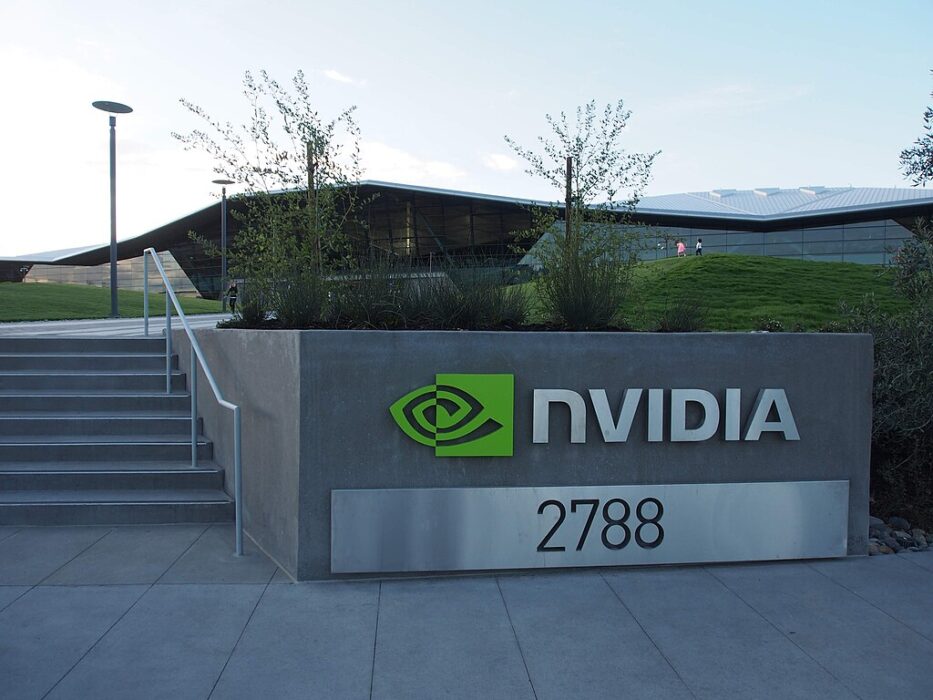
When NVIDIA started in 1993, the idea of investing in graphics processors sounded like a niche gamble. CPUs were king, and GPUs? Mostly for gamers. Investors were skeptical, and competitors shrugged. But Huang saw something they didn’t—the future wasn’t flat data; it was visual, immersive, and complex. He bet on parallel processing while the rest of the world chased speed alone. That bet almost tanked them more than once. But he stuck with it, quietly building the tech that would eventually underpin AI, self-driving cars, and more. He wasn’t wrong. He was early.
4. He nearly lost the company to a failed graphics chip.
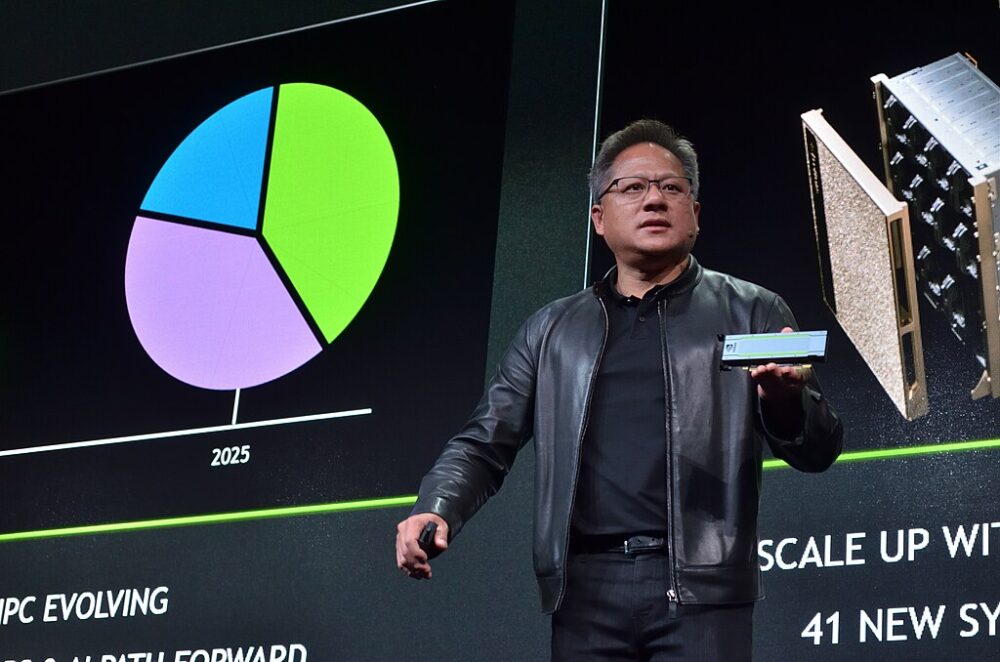
In 2007, NVIDIA launched the GeForce FX, a chip that was supposed to dominate. It flopped. Badly. Bugs, overheating, and performance issues forced them to pull back and regroup. For a smaller company with one foot in the door and limited investor patience, that could’ve been fatal. But Huang didn’t spiral. He owned the misstep publicly, doubled down on R&D, and pushed for tighter quality control. That course correction led to the breakthrough Fermi and CUDA platforms. The failure didn’t end them—it became the pressure point that sharpened everything that came after.
5. He was told he didn’t “look the part” of a CEO.
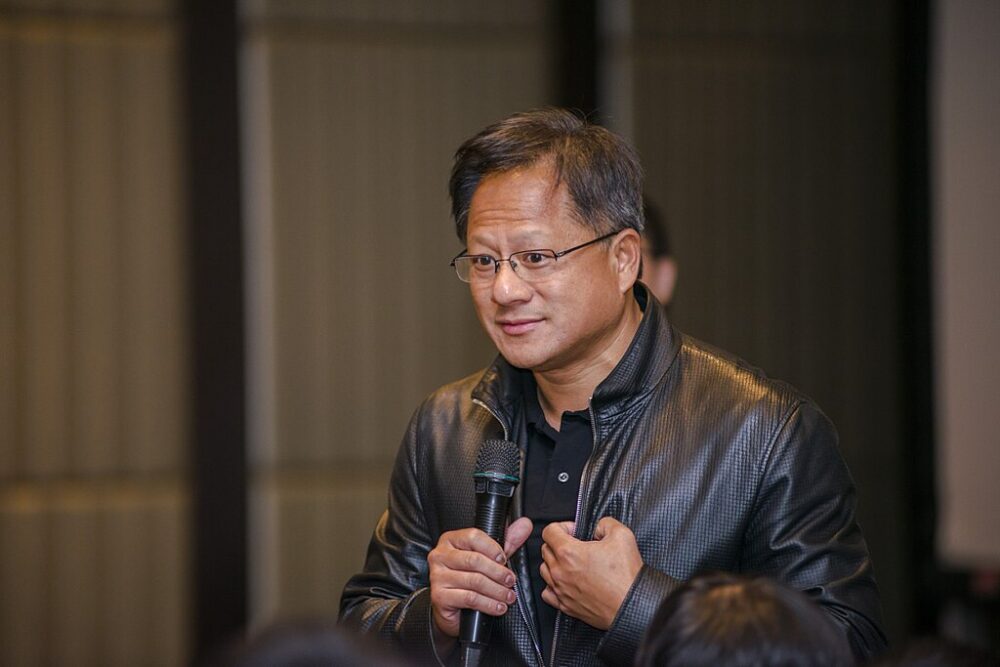
In the early days, VCs and execs often overlooked Huang as the public face of the company. Too soft-spoken. Too unpolished. Too…not white. Investors subtly hinted he should step aside and let someone more “CEO-like” represent NVIDIA. He refused. Instead of reshaping himself to fit the mold, he slowly reshaped what leadership could look like. His signature leather jacket, deadpan humor, and deep technical chops became part of NVIDIA’s identity. He didn’t need to conform. He just needed time—and results—to prove the mold was broken to begin with.
6. He was building in Silicon Valley’s shadow.
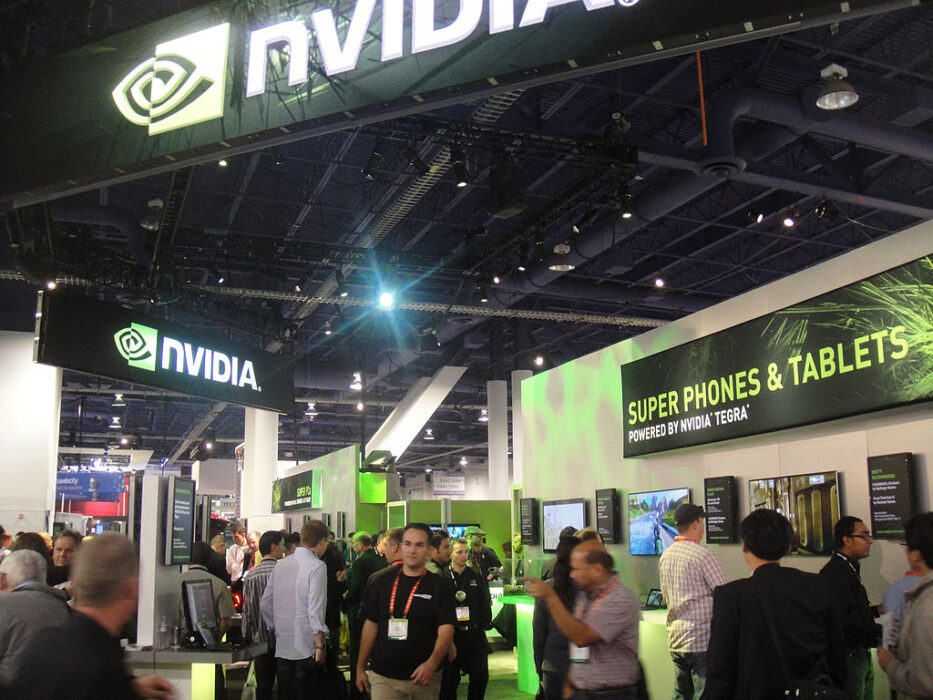
NVIDIA was never the cool kid on the block. Compared to Apple’s glamor or Google’s mystique, NVIDIA felt industrial and niche. For years, they didn’t get splashy press or headline dominance. They were the utility company of tech: powerful, necessary, but mostly invisible. Huang leaned into that. He avoided overhype and focused on engineering. That quiet intensity paid off when AI’s explosion revealed that everyone needed NVIDIA’s chips to play the game. Suddenly, the “uncool” company became the one writing the rules. And it wasn’t a rebrand—it was just finally being seen.
7. He refused to chase trends—and watched others crash.
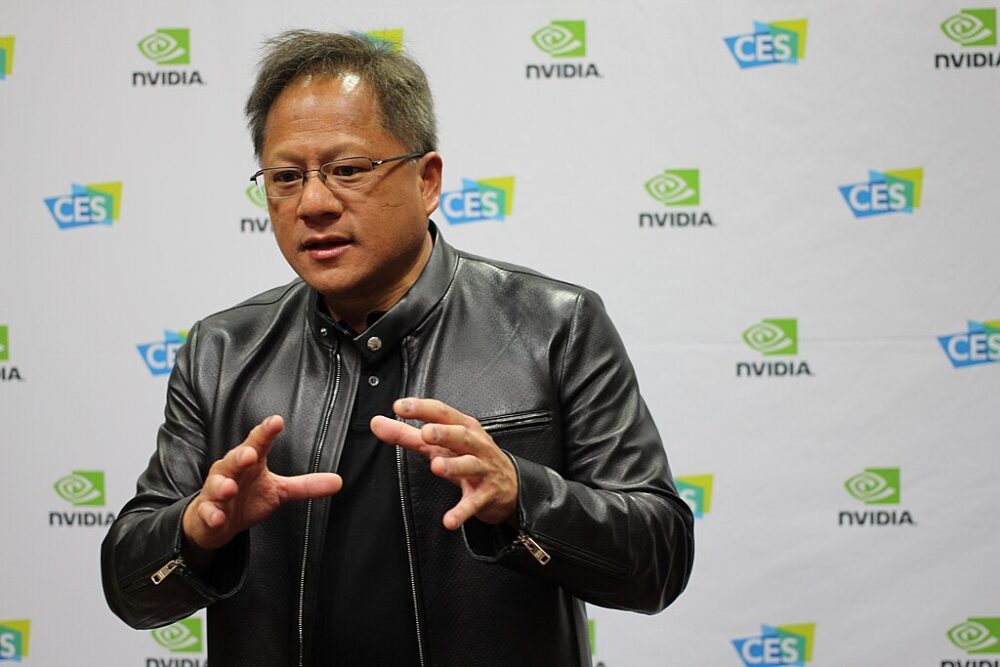
When crypto fever hit, GPU sales soared—and so did pressure to pivot the whole business. Huang didn’t bite. He knew the boom was risky and unsustainable. So while others flooded the market with short-term mining gear, NVIDIA stuck to its AI and data center strategy. That discipline insulated them when the crypto bubble burst. It also positioned them perfectly when generative AI went nuclear. Staying the course wasn’t passive—it was Huang betting on vision over hype, and playing the long game while everyone else flailed for quick wins.
8. He led through failure without sugarcoating.
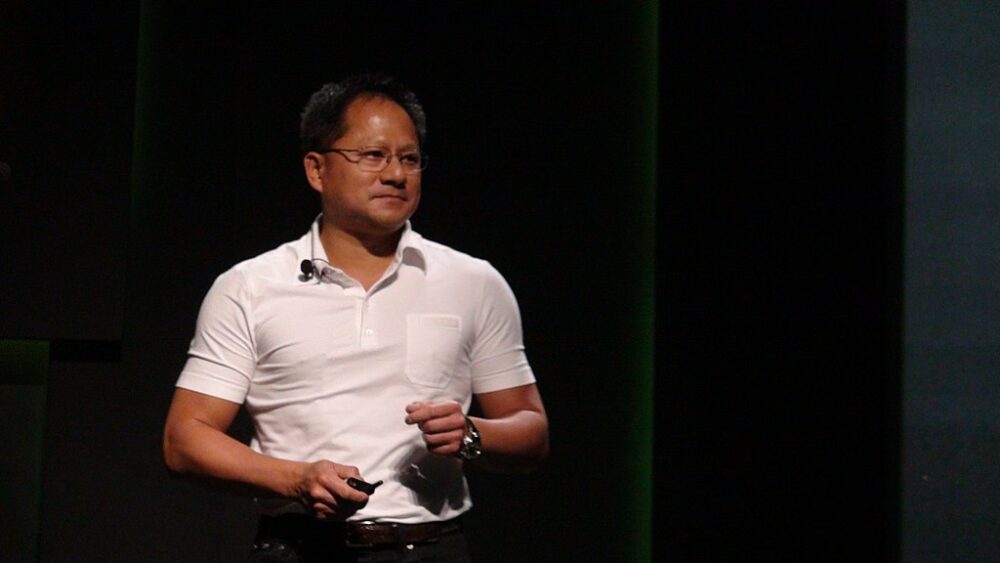
Tech CEOs love to spin failure as innovation. Huang does something weirder—he owns it with a kind of brutal clarity. When NVIDIA stumbled, he didn’t duck or over-explain. He broke down what went wrong, reassigned teams, and moved forward. That honesty built fierce loyalty inside the company and unexpected respect outside it. People trusted him not because he never failed, but because he didn’t pretend not to. In an industry of smoke and mirrors, he built a culture on transparency—and that’s why people stayed, rebuilt, and pushed harder.
9. He scaled the company without selling out the vision.

Growth usually means dilution—watering down products, pandering to markets, compromising the mission. But NVIDIA scaled without shedding its DNA. Huang kept engineering at the center, even as valuation soared. He didn’t chase mass consumer tech. He doubled down on infrastructure. Cloud computing, AI training, enterprise solutions—he built tools for builders, not tourists. That kind of focus is rare at trillion-dollar scale. It’s why NVIDIA didn’t become a fad. It became the backbone of modern computation. And it never had to become flashy to be indispensable.
10. He kept showing up like a founder, not a celebrity.
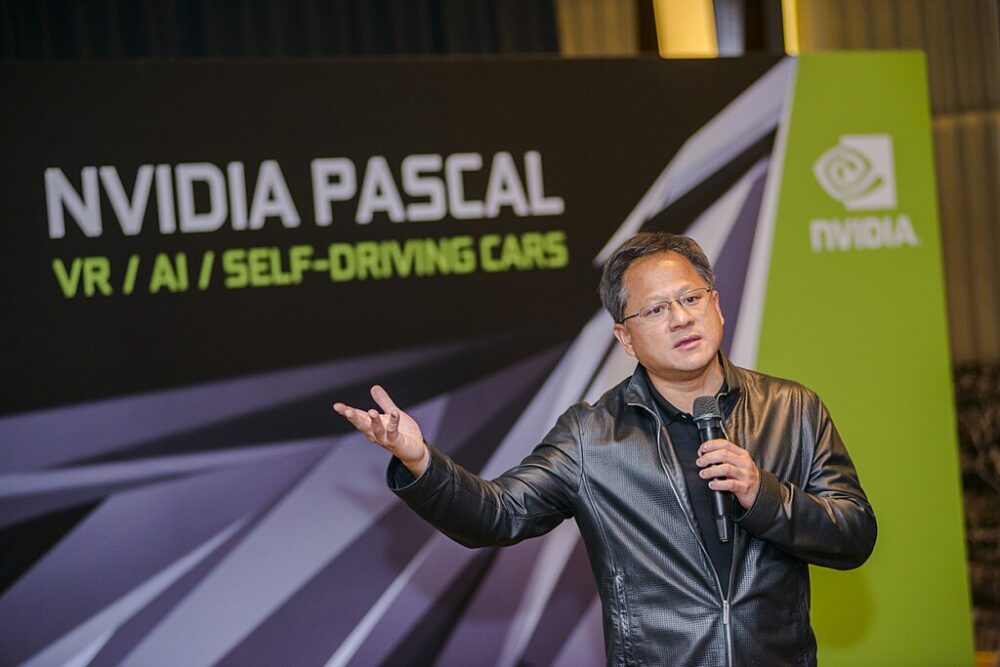
Billionaire tech founders often drift into guru mode—aloof, overbooked, or too self-branded to lead. Huang never left the floor. Engineers still talk about him stopping by desks, nerding out over new chip architecture, or whiteboarding with interns. He’s not trying to be everyone’s best friend—but he is still present. Still curious. Still working. That’s rare. That’s weird. And that’s probably why NVIDIA didn’t implode under its own success. It had a founder who stayed in the room—not because he had to, but because that’s just who he is.
